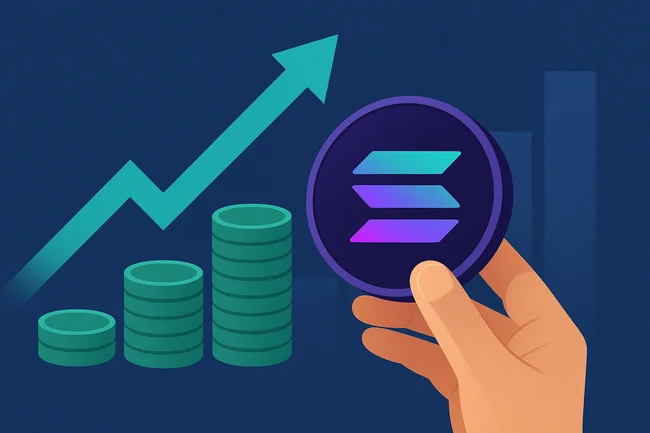Public blockchain scaling refers to the methods and strategies used to increase the capacity and efficiency of a public blockchain network. As more users join and transaction volumes grow, networks can become congested, leading to slower processing times and higher fees.One common approach to scaling is increasing the block size, allowing more transactions to be processed in each block. However, this can lead to centralization as only those with powerful hardware can effectively participate.Another method is Layer 2 solutions, which operate on top of the main blockchain. These include technologies like state channels and sidechains that process transactions off the main chain, reducing the load and improving speed.Sharding is another innovative approach, where the blockchain is divided into smaller, manageable pieces or “shards.” Each shard processes transactions independently, increasing overall throughput.Achieving effective scaling while maintaining decentralization and security is a significant challenge for developers and communities involved with public blockchains. Balancing these factors is crucial for the long-term success and usability of these networks.

Bank of Japan Weighs Additional Rate Hikes as Inflation Persists
The Bank of Japan will continue to raise interest rates if economic and price trends progress as expected, Deputy Governor



